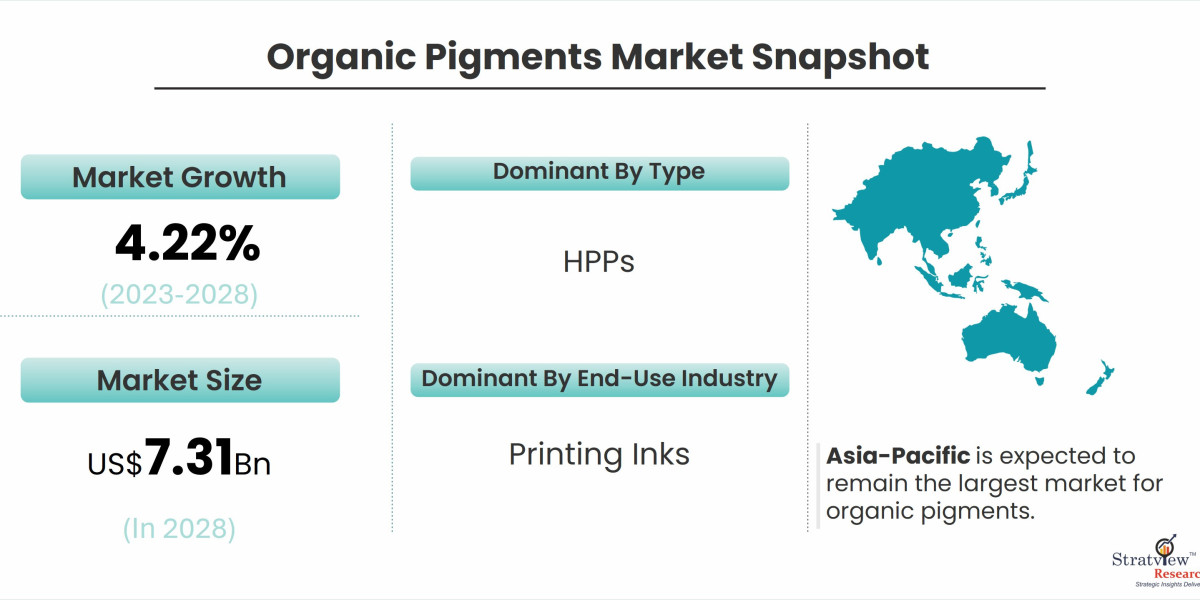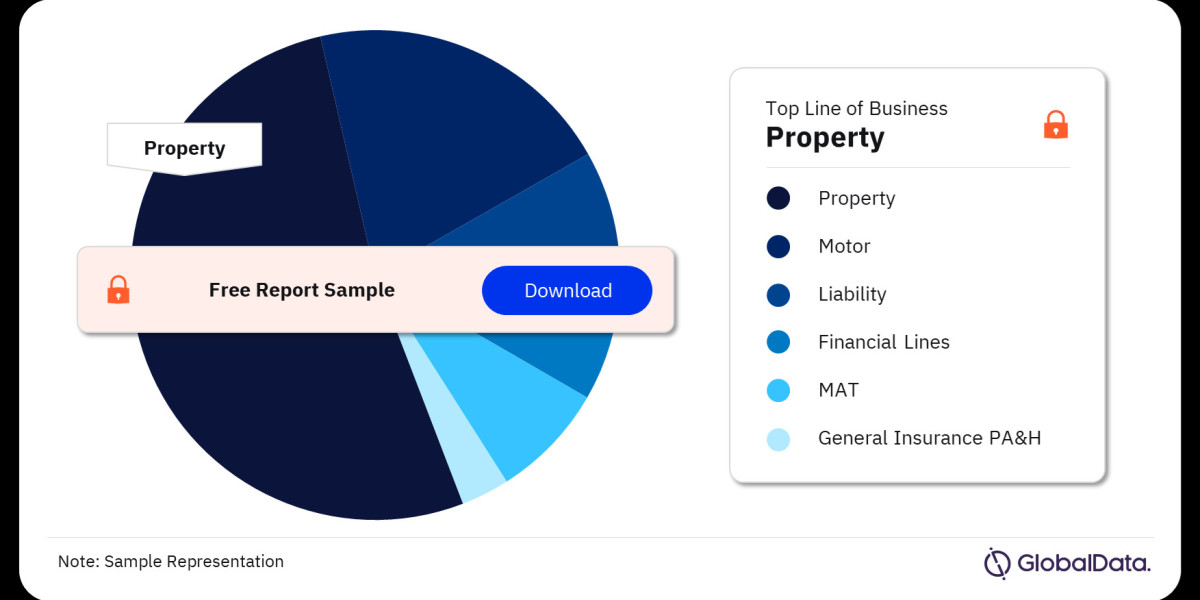The organic pigments market is witnessing significant growth, driven by increasing demand from various industries such as coatings, plastics, textiles, and printing inks. Organic pigments, which are carbon-based compounds known for their vibrant colors and environmental benefits, are preferred over inorganic pigments due to their superior safety profile, non-toxicity, and sustainability. This article explores the key factors driving the growth of the organic pigments market and how these factors are shaping the industry’s future.
According to Stratview Research, the organic pigments market was estimated at USD 5.7 billion in 2022 and is likely to grow at a CAGR of 4.22% during 2023-2028 to reach USD 7.31 billion in 2028.
1. Rising Demand for Eco-Friendly and Sustainable Solutions
One of the primary drivers of the organic pigments market is the growing demand for eco-friendly and sustainable products. As environmental concerns intensify and regulatory standards become stricter, industries are shifting away from heavy metal-based inorganic pigments, which pose environmental and health risks. Organic pigments, being free from hazardous substances such as lead and cadmium, are increasingly preferred in applications where safety and sustainability are critical, such as in food packaging, toys, and cosmetics.
2. Increasing Use in the Coatings and Paints Industry
The coatings and paints industry is one of the largest consumers of organic pigments, driven by the rising demand for decorative paints, automotive coatings, and protective coatings. Organic pigments offer high tinting strength, excellent lightfastness, and a wide range of vibrant colors, making them ideal for enhancing the aesthetic appeal of surfaces. The expansion of the construction and automotive sectors, particularly in emerging economies, is further boosting the demand for organic pigments in high-performance coatings.
3. Growth in the Printing Inks Market
The shift towards digital printing and flexible packaging is driving the demand for organic pigments in printing inks. Organic pigments are widely used in the production of high-quality, vibrant inks that are essential for packaging, advertising, and publishing. The growing e-commerce sector, which relies heavily on attractive packaging and branding, is also contributing to the increased use of organic pigments in printing applications.
4. Technological Advancements and Product Innovation
Technological advancements in pigment synthesis and processing are enabling manufacturers to develop new organic pigments with enhanced performance characteristics, such as improved heat stability, chemical resistance, and dispersibility. Innovations in nanotechnology and surface modification techniques are also leading to the development of high-performance pigments that meet the evolving needs of industries.
5. Expanding Applications Across Diverse Industries
Organic pigments are finding new applications across various industries, including textiles, plastics, and electronics. In textiles, organic pigments are used to achieve vibrant and durable colors on fabrics. In the plastics industry, they are used to enhance the appearance of plastic products without compromising their environmental safety. As industries continue to seek sustainable and high-performance coloring solutions, the applications of organic pigments are expected to expand further.
Conclusion
The organic pigments market is poised for robust growth, driven by the rising demand for sustainable solutions, expanding applications, and ongoing innovations in pigment technology. As industries continue to prioritize environmental safety and performance, organic pigments are set to play an increasingly important role in the global market. With continued investment in research and development, the future of the organic pigments market looks bright, offering numerous opportunities for growth and innovation.



